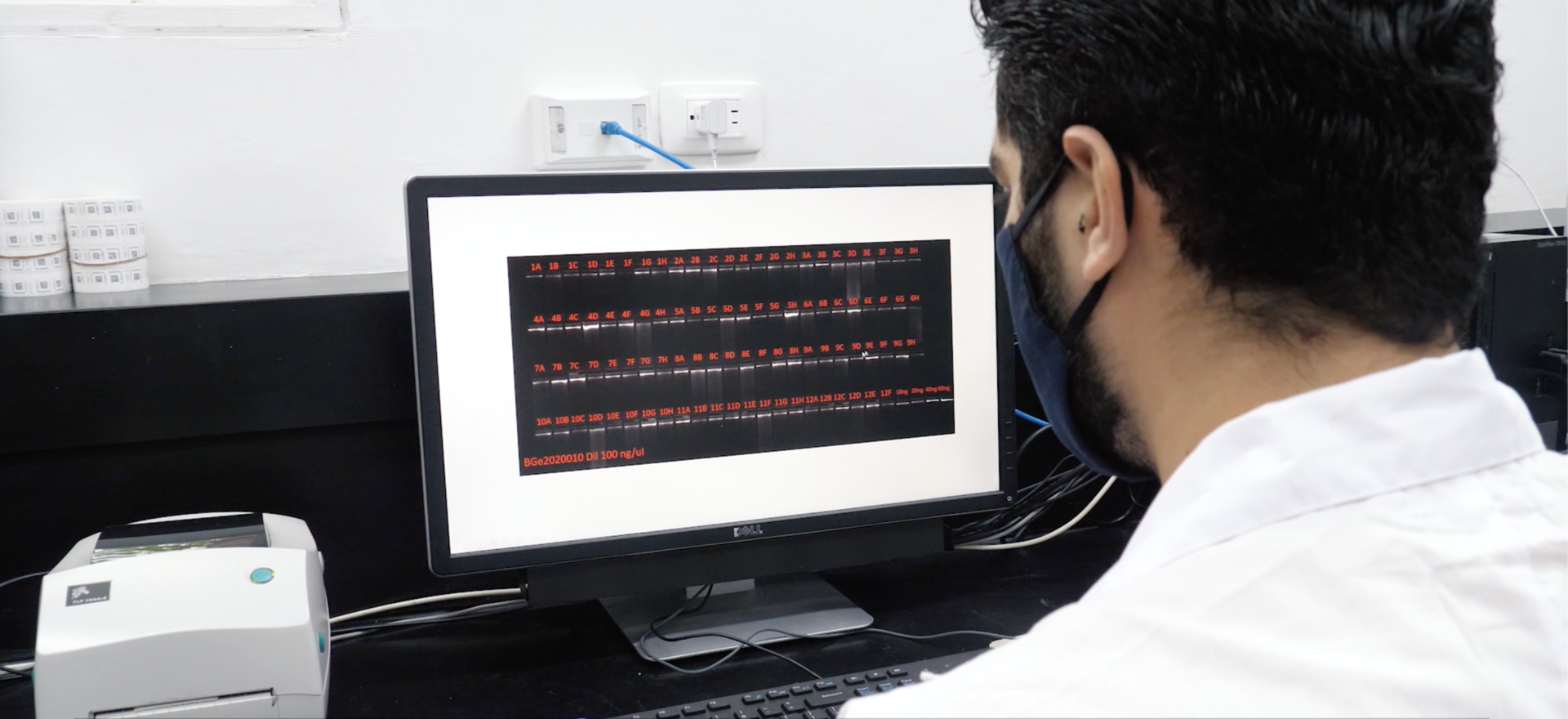2020 Annual Report Gene editing can contribute safe and productive crops to our food systems

In conjunction with protecting biodiversity and natural resources, gene editing of crops will help us assure greater food security and safety.

Paul Chavarriaga
Gene Editing Platform LeaderImagine that cadmium contamination of rice harvests or cacao beans, which happens naturally from the soils they are grown on, could be switched off like a lightbulb. This could save millions of people from heavy metal exposure and open markets to producers whose potentially contaminated cacao is increasingly shunned by international buyers. A relatively simple edit of the rice or cacao tree’s genes has the potential to do this.
In my decades as a biotechnology researcher at CGIAR (my first stint at the International Center for Tropical Agriculture began in 1992), I have seen tremendous change in our ability to understand the genetics of our food crops. We can now pinpoint and work with the genes responsible for productivity, pest protection and the production of healthy food.
Decades ago, this was just a dream. Today, I’m confident that gene editing will be one of the key tools we have to develop safer, more productive crops that can be quickly deployed to respond to a rapidly changing climate, emergent diseases and productivity challenges. Food system transformation will need this technology to be successful.

Unfortunately, we live in very polarized times and this applies to perspectives and rules regarding the role cutting-edge science can play to end hunger and malnutrition. As Colombia showed us recently with the deregulation of gene-edited waxy corn and disease-resistant rice, gene-edited crops can be a useful part of a strategy toward building a better food system.
I’m confident that gene editing, particularly CRISPR, will gain greater support in the coming years. I also believe that genetic modification will gain greater acceptance once it is understood to be safe for humans and ecosystems.
We need transparency in how we develop and explain the power and safety of gene editing in crops. In working within the bounds of a single organism, or within varieties of related species, we are using what nature gave us to improve crops with high efficiency and low costs. Judging from the CGIAR-wide participation in including genetic transformation in the One CGIAR agenda, I know many colleagues believe the same.
At the same time, we need to recognize the great value of agricultural biodiversity and not allow new varieties to replace the ancestral ones that are so important to a food-secure future. Biotechnology is only one part of a multifaceted solution to make our food systems fairer, healthier and more equitable in these unprecedently challenging times.
Read more on:
Improving Crops
